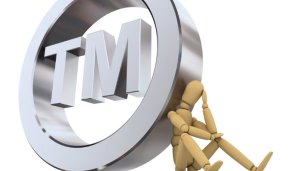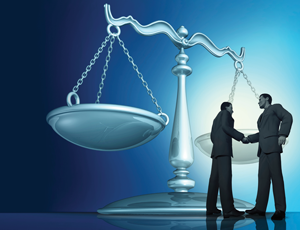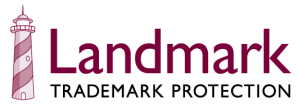DANGERS OF USING UNREGISTERED TRADEMARKS AND BENEFITS OF REGISTRATION
 What is a trade mark?. Different authorities have given the meaning of a trademark. The Trademarks Act 2010 of Uganda defines a trademark to mean: a sign or mark or combination of signs or marks capable of being represented graphically and capable of distinguishing goods or services of one undertaking from those of another undertaking.
What is a trade mark?. Different authorities have given the meaning of a trademark. The Trademarks Act 2010 of Uganda defines a trademark to mean: a sign or mark or combination of signs or marks capable of being represented graphically and capable of distinguishing goods or services of one undertaking from those of another undertaking.
For every successful and time tested corporate brand (trademark), that everyone wants to associate with, behind the scenes, a lot of effort and resources have been sunk into intricate trademark development and aggressive protection. Company brands and trademarks are amongst a company’s valuable assets. A study done by the UK’s IP office reveals that an estimated 6% of most company investments are spent in company brand protection.
Branding starts and centers around your use of distinctive images, symbols, colors and styles, and caricatures, which most appropriately separate and preposition your goods, or services as unique from others on the same market, giving both a protection to your customers and also acquiring brand image and build up brand loyalty amongst your consumers.


